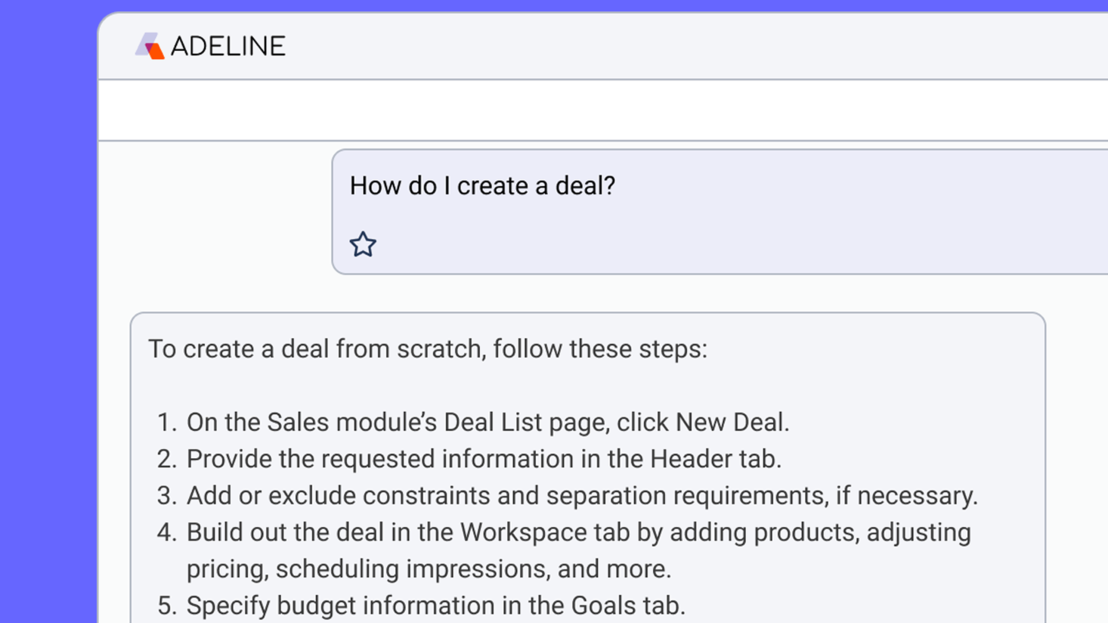Second screening may have interactive advantages for content platforms but for advertisers, multiple devices means multiple players and a whole host of challenges.
For advertisers, delivering integrated, measurable campaigns across multiple platforms is an objective worth fighting for – even if achieving that objective is fraught with difficulty.
Advertisers want to use a range of media to reach their target audience, but delivering integrated cross-platform campaigns in the context of TV on its own is challenging enough. The fragmentation of video distribution between linear broadcast, live and non-linear streaming, and the use of both shared (TVs) and personal (mobile phones) devices has turned the planning and execution of TV campaigns into something like a game of three-dimensional chess.
Standard challenges
Challenges that stand in the way of effective cross-platform targeting of campaigns include...
You are not signed in.
Only registered users can view this article.
 10 (1).jpg)
OTT evolution: Shifting business models, monetisation and personalisation
Over the past two decades, the over‐the‐top (OTT) industry has undergone a remarkable transformation from a niche experiment to a multi‐billion‐dollar ecosystem, writes John Maxwell-Hobbs.
.jpg)
AI through the looking glass: Digital natives
When it comes to AI, the M&E industry should take a more active interest in the views of its young people if it wants them to remain part of it, writes James McKeown.

NAB preview: Agentic AI poised to steal the show
New imaging technologies, AI creative mates and wrestlers await visitors to Las Vegas while America’s free press is under attack.

Inside virtual production’s latest processing and toolset innovations
Advances in GPU capability and algorithms are among the developments allowing ‘more to be done with less’ as virtual production technology and techniques continue to evolve, writes David Davies.

Content Everywhere: Getting (more) personal in the AI era
Content Everywhere companies cite service personalisation as an area in which artificial intelligence (AI) and data will play an increasingly transformative role in the highly competitive streaming market.



